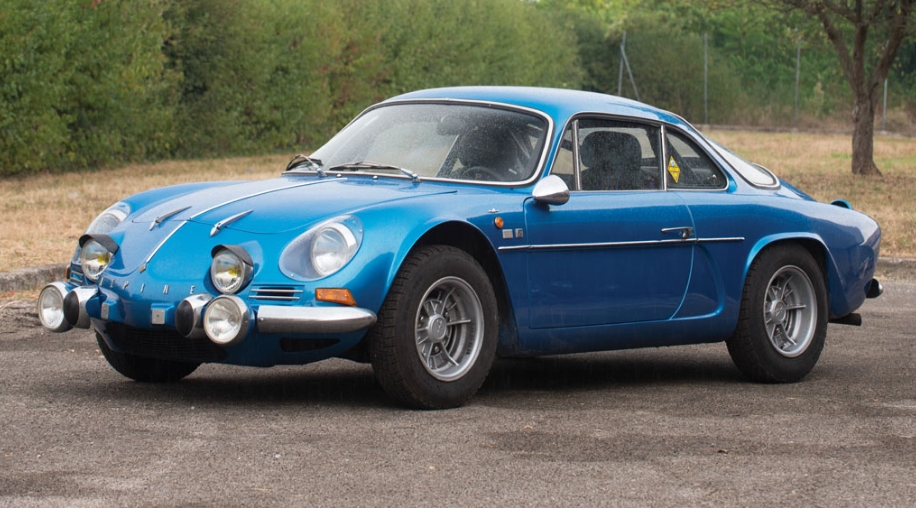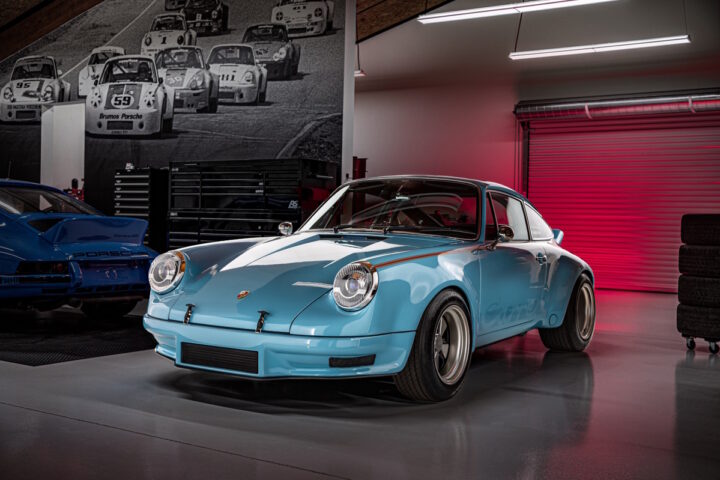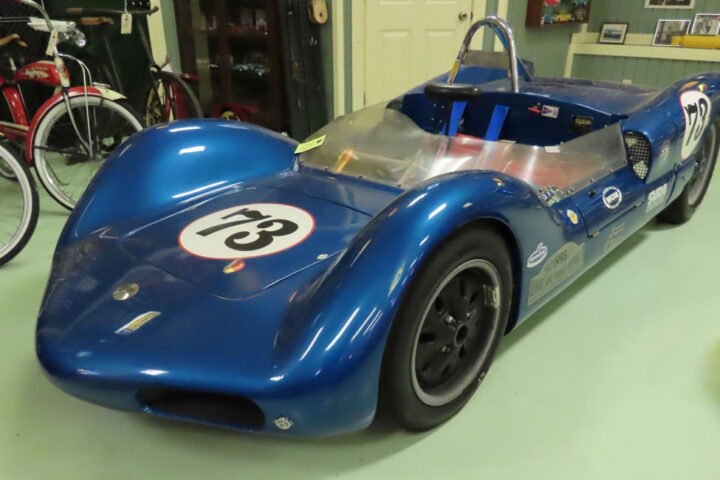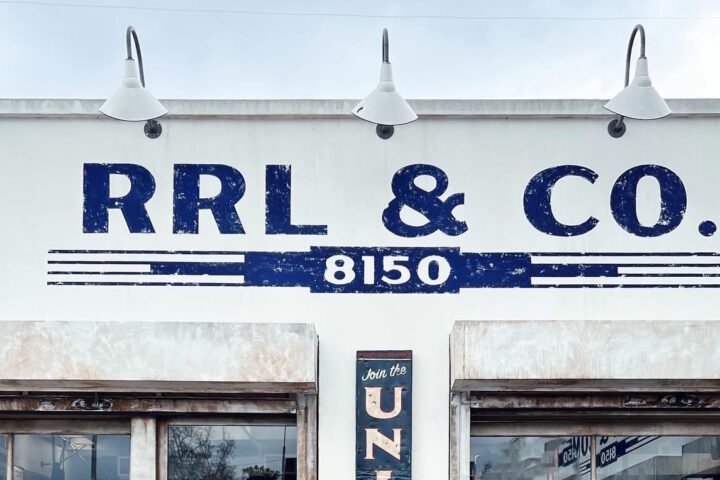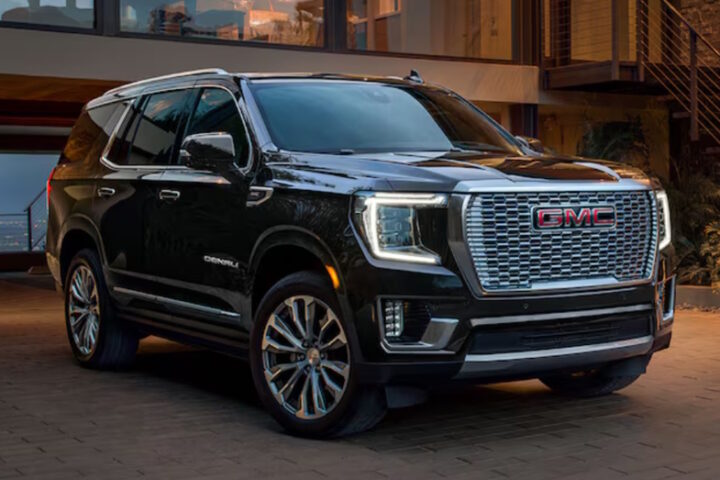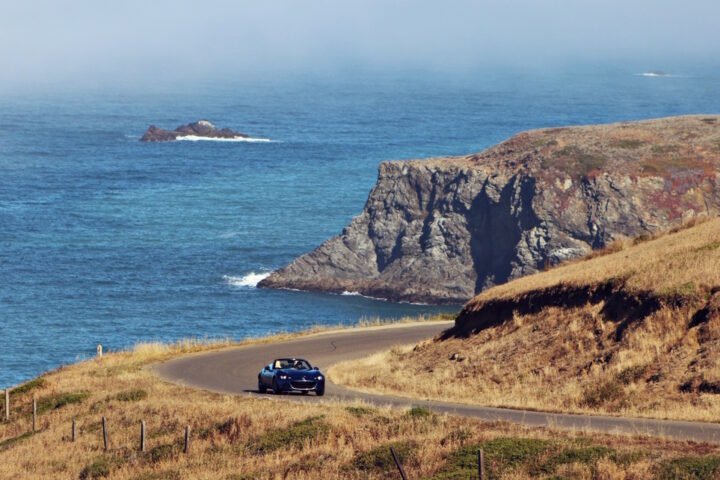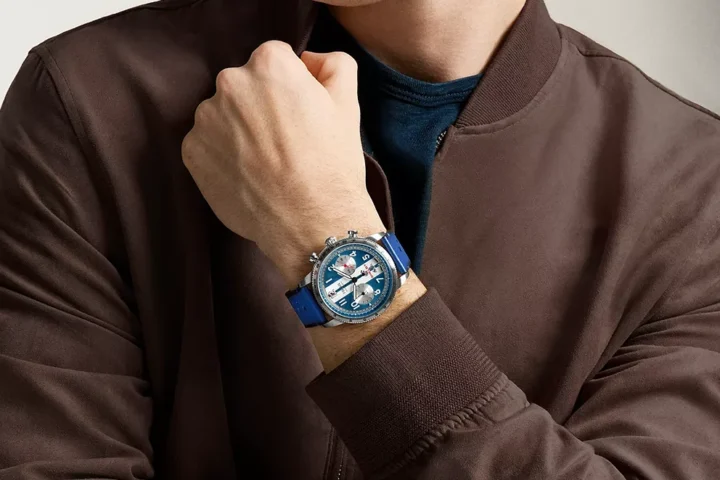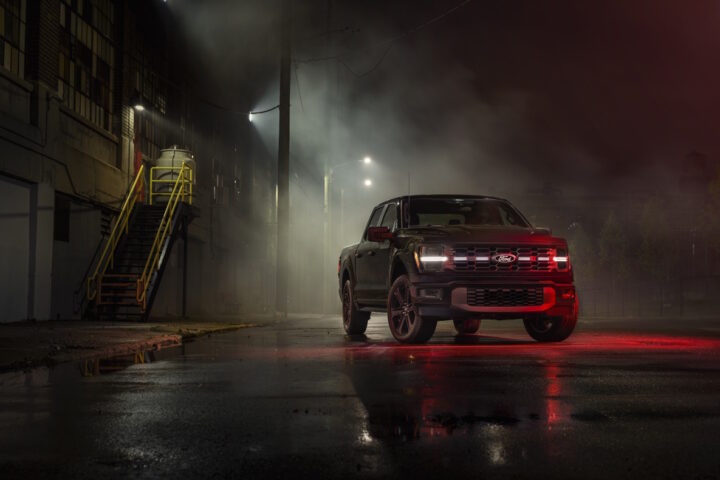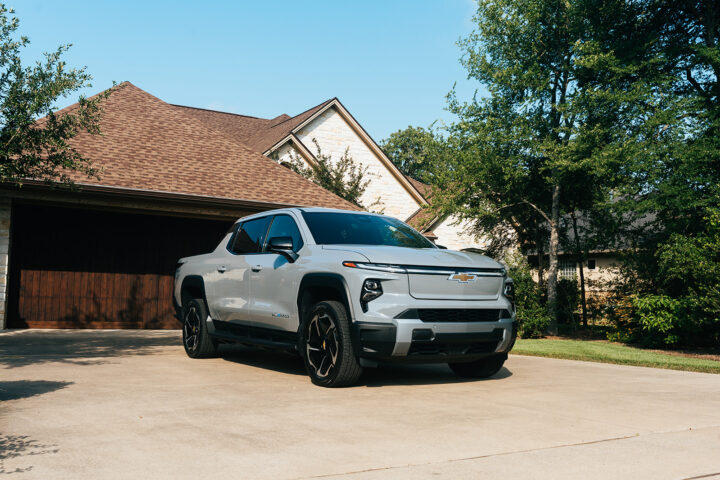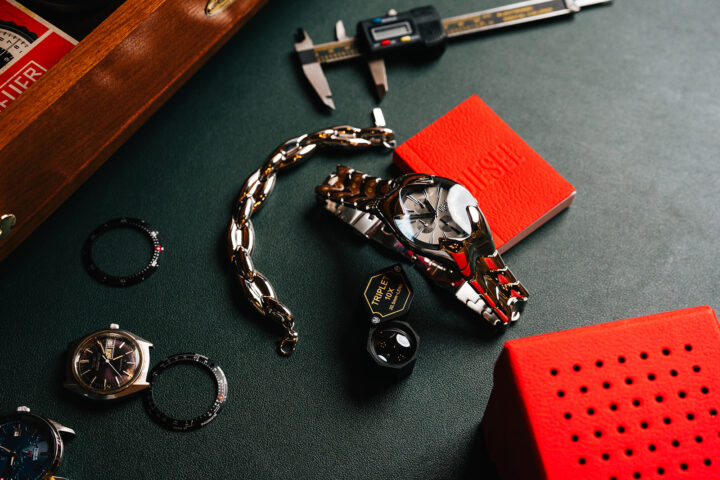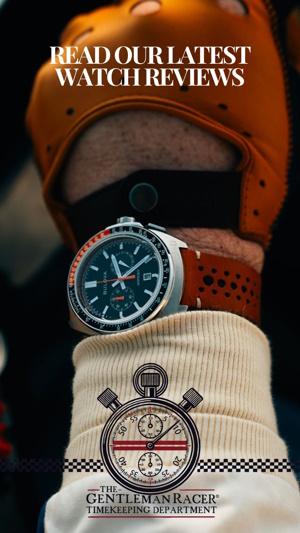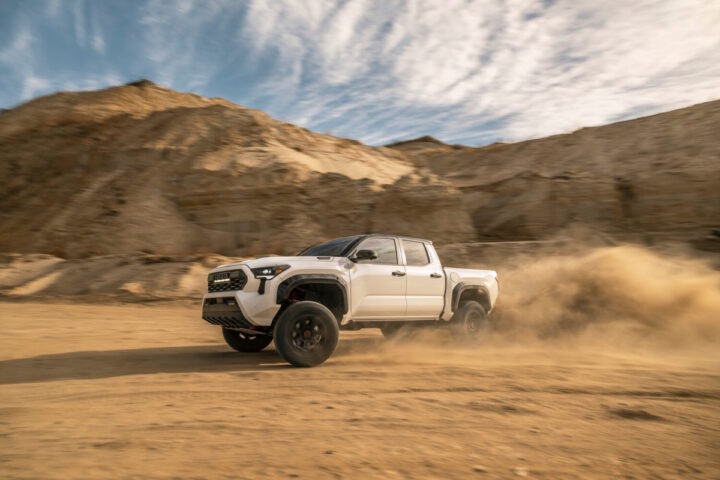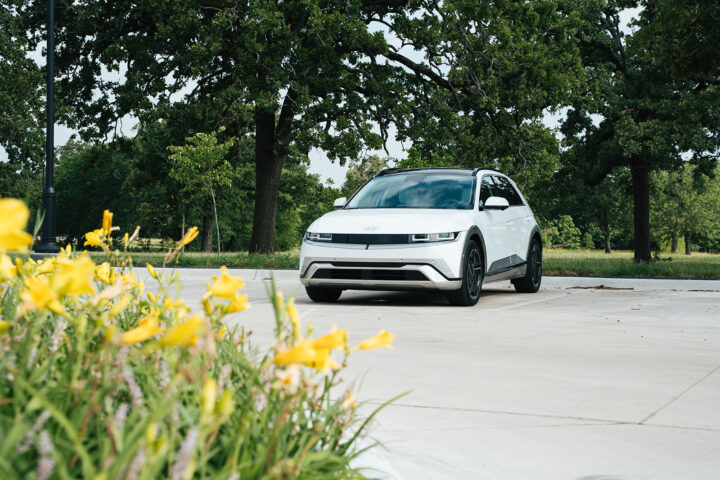RM Sotheby’s generally has some of the rarest and most unique cars at their auctions; however, while browsing the catalog for the upcoming Duemila Ruote auction in Milan, I noticed this Alpine-Renault. What I liked most was that it wasn’t a pristine trailer queen, but this car has been driven, as it should be, and would make a great addition to any collection.
The Alpine A110, often called the “Berlinette,” is a legendary sports car that has left an indelible mark on automotive history. Produced by the French manufacturer Alpine from 1963 to 1977, the A110 is celebrated for its lightweight design, exceptional handling, and remarkable success in rally racing. Its legacy is so enduring that it inspired a modern reinterpretation in 2017, bridging the past and present of automotive excellence.
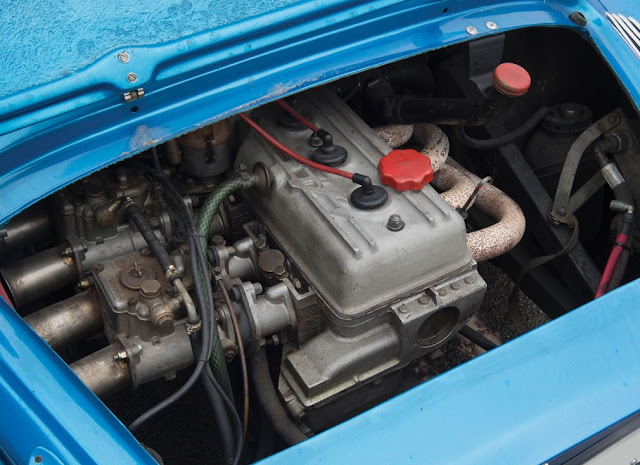
Origins of Alpine A110
The story of the Alpine begins with Jean Rédélé, a young French engineer and the youngest Renault dealer in France. Rédélé’s passion for motorsport led him to experiment with lightweight, agile cars based on Renault platforms. In 1955, he founded Alpine, named after his success in the Coupe des Alpes rally. The company’s early models, such as the A106 and A108, laid the groundwork for what would become the iconic A110.
Birth of the A110
Introduced in 1963, the Alpine A110 was an evolution of the A108, utilizing components from the Renault R8. The car featured a steel backbone chassis with a fiberglass body, a design that kept weight to a minimum—approximately 620 kilograms (1,367 pounds). Initially powered by a modest 956 cc engine producing 51 horsepower, the A110’s performance evolved significantly over its production run.
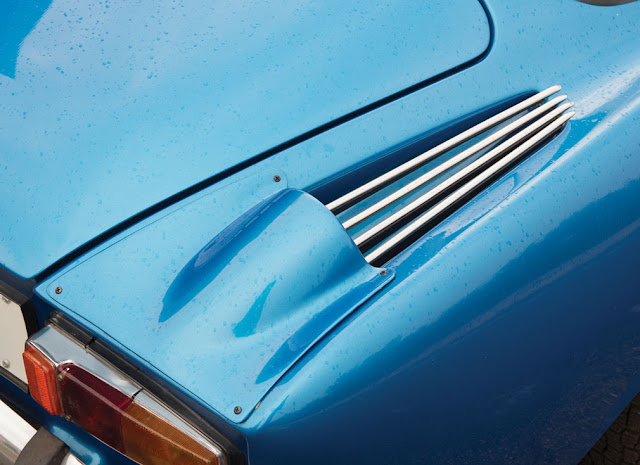
Design and Engineering
The A110’s design was both functional and elegant. Its low-slung, aerodynamic profile contributed to its agility and speed. The rear-engine, rear-wheel-drive layout provided excellent traction, especially beneficial in rally racing. As the car was developed, engine displacement increased, with later models featuring engines up to 1,800 cc, producing as much as 180 horsepower. This continuous improvement ensured the A110 remained competitive throughout its lifespan.
Rally Success
The Alpine A110’s prowess was most evident in the world of rallying. In 1971, it achieved a remarkable 1-2-3 finish at the Monte Carlo Rally, a feat it repeated in 1973. That same year, Alpine secured the inaugural World Rally Championship for manufacturers, outperforming rivals such as Lancia, Porsche, and Ford. These victories cemented the A110’s status as a rally icon
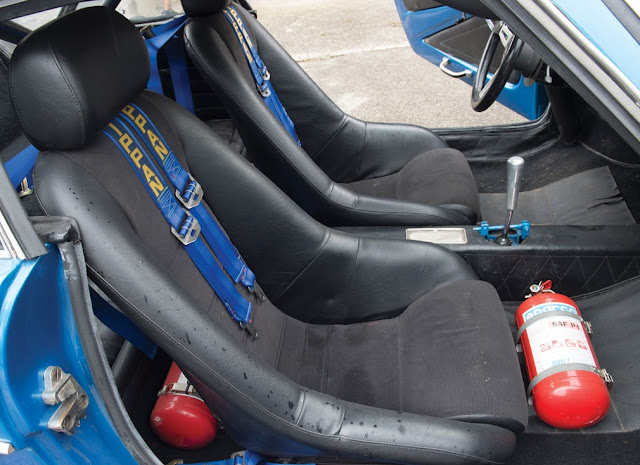
International Production and Influence
The success of the A110 led to international production under various agreements. In Brazil, it was produced as the Willys Interlagos; in Mexico, as the Dinalpin; and in Bulgaria, as the Bulgaralpine. These versions helped spread the A110’s influence beyond Europe, contributing to its global legacy.
Decline and Renault Acquisition
Despite its success, the mid-1970s brought challenges. The 1973 oil crisis led to a downturn in the sports car market, and newer competitors like the Lancia Stratos began to outperform the A110. In response, Renault, which had been closely associated with Alpine, acquired the company in 1973. This partnership aimed to revitalize Alpine’s fortunes and led to the development of successor models.
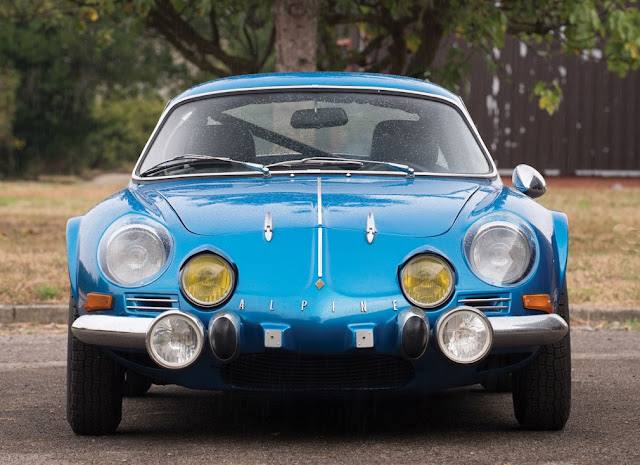
Legacy and Revival
The Alpine A110’s legacy endured long after production ceased in 1977. Its blend of lightweight design, agility, and racing success inspired a new generation of enthusiasts. In 2017, Alpine unveiled a modern A110, capturing the spirit of the original while incorporating contemporary technology and design. This revival pays homage to the original’s timeless appeal and engineering excellence.
The Alpine A110 remains a testament to innovative design and racing heritage. From its origins in the 1960s to its modern revival, the A110 exemplifies the enduring allure of a well-crafted sports car. Its history is a rich tapestry of engineering achievements, competitive triumphs, and a lasting impact on automotive culture.
Estimates for this car are right around $100,000 USD which is right about where they are trading at. For more on this car, visit the official listing HERE
Photos Courtesy of RM Sotheby’s

